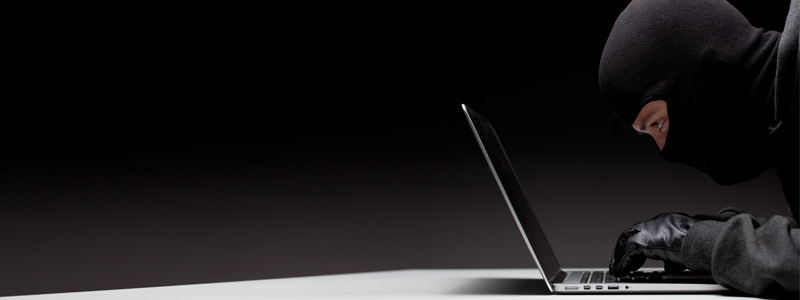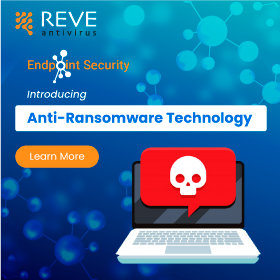
Originally released in the year 2016, the Locky Ransomware reported having been sent to about a half-million users. Delivered as a Microsoft Word attachment through email, this ransomware asks the user to enable macros in order to view the document. However, when the user does so, the encryption trojan gets downloaded on the system and encrypts all files with some particular extensions.
Once the encryption is done, the user is asked to download tor browser and visit some criminal-operated website where the user is asked to pay in terms of bitcoins. Since the data gets locked, the user has no other option but to pay the money, becoming a victim of ransomware attack. It is quite shocking to see that within a couple of months, 3 major ransomware – Petya, WannaCry, and Locky have outbroken in the cyber world so badly.
Some notable incidents that took place after the Locky ransomware virus hit are:
- In February 2016, The Hollywood Presbyterian Medical Center became a victim of Locky Ransomware attack and $17,000 bitcoin was paid as ransom to decrypt the patient data.
- In April 2016, the Dartford Science & Technology College was attacked by Locky Ransomware which came as a word document attachment and infected PC’s of the hospital.
How to Prevent Locky Ransomware Attack?
As per APWG, there were at least 255,065 unique phishing attacks worldwide. This represents an increase of over 10% from the 230,280 attacks we identified in 2015. Below mentioned are some effective techniques and measures suggested by cyber experts for Locky ransomware virus removal.
- It is recommended that one should never open email attachments from unknown senders. Even if you receive emails from strangers that appear to be quite convincing, never click on any links or attachments therewithin.
- Always keep installed programs on your PC updated. Software updates should never be ignored or delayed.
- Invest in a reliable internet security software that offers all-round protection in real-time to thwart advanced cyber attacks.
- To have a backup of your data is the best thing to beat ransomware. Whether cloud-based backup solutions work for you or physical backup devices such as hard drives seem suitable, the value of having data backup is inevitable when a disaster happens.
- Never trust anyone for your personal information. Your bank account details and other secure login credentials must be with you only.
The whole thing boils down to one point that staying alert and updated about latest ransomware countermeasures will be a lot helpful in Locky Ransomware virus removal.
- RaaS : The Dark Side of SaaS
- Hackers Target MOVEit Transfer’s Zero-Day Vulnerability, Emergency Patch Deployed
- How Scammers Are Utilizing ChatGPT? Few Tips To Be Safe
- World Backup Day: Why Data Backups are Important in Cybersecurity
- What is Social Engineering and How Cyber Criminals Use It
- Things To Know About Personally Identifiable Information (PII)
- What is Data Breach? Why and How It occurs? How To Prevent Data Breach


